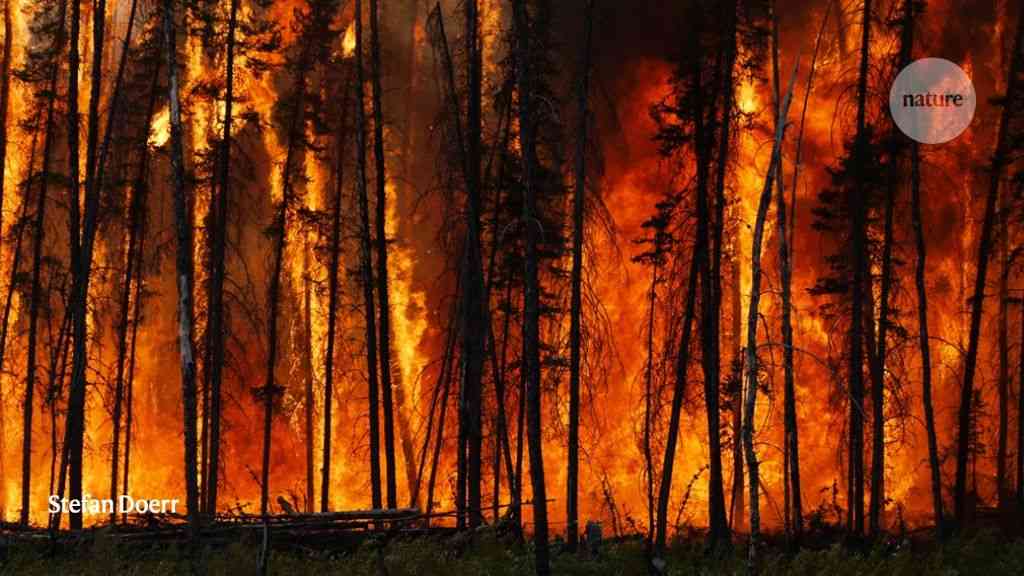Forest fires blazing across western Canada in 2018 released air pollution that drifted all the way to the northeastern United States. Credit: Stefan Doerr
Atmospheric science
Dirty air that blanketed New York City in the summer of 2018 has been traced to its source: fires in two North American regions, one of them more than 4,000 kilometres away.
Drifting smoke carries small particles that can harm human health. To see how this might affect a major urban area, Drew Gentner and his colleagues at Yale University in New Haven, Connecticut, analysed air quality in and around the New York City region in August 2018. They found that pollution levels were high enough to trigger an air-quality alert in mid-August and another towards the end of the month.
The scientists modelled the origins of the air parcels that settled over New York City during those periods. The air mass that set off the first alert had passed over western Canada, where wildfires were burning. The air mass behind the second alert had passed over agricultural fires in the southeastern United States.
As climate change makes wildfires more common, officials need to prepare for the health effects of smoke on cities — even when fires are thousands of kilometres away.

